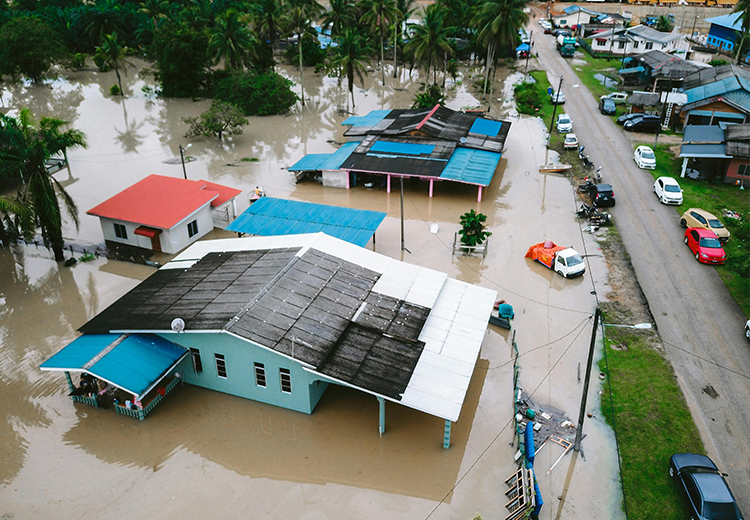ABOUT FLOOD RESTORATION
The recent floods have left many displaced and stranded and in more tragic situations, it has left some dead. While we cannot predict how bad or better it gets, there are a few things we can do to help us make our places more habitable despite these unfortunate events. However, it is also important to note that in advanced situations you are advised to seek expert help and protect those you love and yourself.
Identify the types of water damages
Clean Water Damage
There are situations where we forget to turn off the tap or a pipe broke near your home leaving you with a flooded house. As the name of the water damage suggests, clean water damage simply means that the water is clear and not contaminated. Hence, it is less complicated to manage. Either way, it is important to ensure that the damage is controlled before it causes more harm than good. Since it is still water at the end of the day it has potential to cause structural damage as well as health hazard through mold growth.
In this particular case the main aim with flood restoration is to ensure drying of the water so as not to cause the damage as mentioned above.
Gray water damage
This water contains both biological and physical chemicals. This type of water comes from water that overflows from the dishwasher and washing machine leaking pumps. Contaminated water is hazardous and has potential to cause health risks.
It is therefore very important to ensure that one wears protective gear when dealing with contaminated water. After cleaning it is important to ensure the area is disinfected.
Black water damage
This is the most dangerous water damage of the three due to its high risk of causing serious health risks. It normally arises from sewage backups, flood water and water from natural disasters.
Due to the nature of contamination of this water it requires experts and specialized equipment to handle it.
It is important to be able to identify the type of water for effective clean up as well as assessing the potential health risk.
Expert flood restoration tips
-
Put your safety first:
Ensure you turn off any electronics that may get in contact with water or better yet keep all electronics on higher surfaces that may not easily get into contact with water incase of a flood.
Avoid flood water which is highly contaminated and contains microorganisms, sewage and chemicals. It is detrimental to your health. If you must enter a flooded room ensure you put on protective gear to reduce risk to exposure. Wash any body part that may have come into contact with flood water.
- Begin the water extraction & Drying
Before proceeding access the situation and if safe remove the excess standing water using pipes or pumps if available and mopping the remaining water. Once the floor area is dry depending on the weather, open the window to let in fresh air and reduce indoor moisture.
In the event where the situation is not safe and the water is contaminated it is advisable to seek professional help.
-
Mitigate Mold & Microbiology growth
Take your salvageable items to a dry place and discard any item that has been wet for two days or more since they serve as a breeding ground for mold. This reduces health risk associated with microbiology.
-
Disinfect surfaces
Floods are contaminated water hence ensure any surface that comes in contact with that water is disinfected and this can be done using a gallon of water and 1 cup of bleach.
-
Get the necessary repairs done
Floods cause damage when they occur and a lot of things may need repair. Working with a a flood restoration company helps to have a smooth and seamless experience when it comes to
During this period we implore you to stay safe and to seek the necessary help in case you find yourself in a flooded situation.



